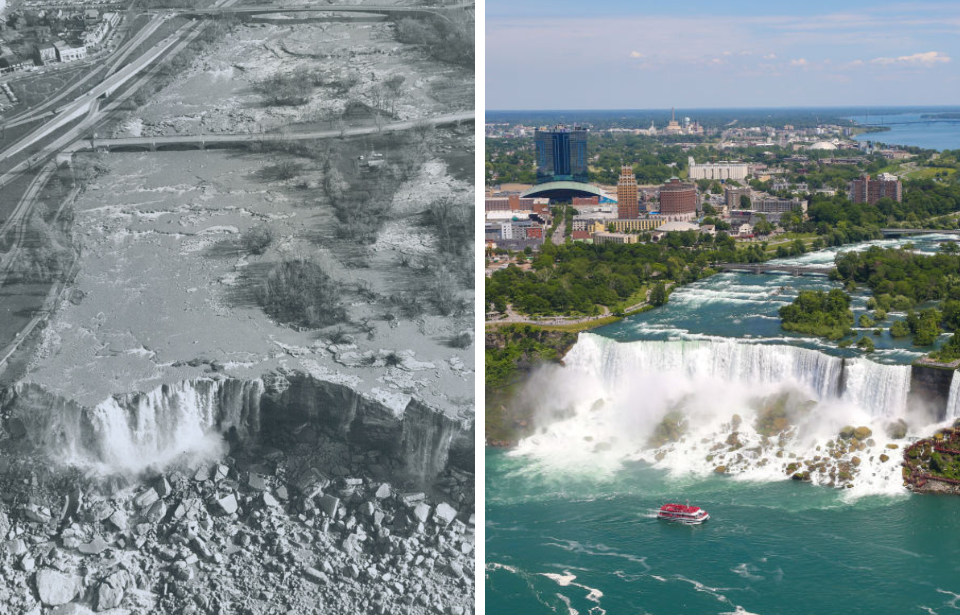Niagara Falls has long been one of the most popular tourist destinations in North America. The raging waterfalls on the Canada-United States border are over 12,000 years old. Millions of visitors arrive each year to take in the incredible power of the Falls as 76,000 gallons flow through them every second, but in 1969 the water at this iconic landmark slowed to no more than a trickle.
Niagara Falls has been a breathtaking sight for thousands of years
Niagara Falls is comprised of three separate waterfalls: the American Falls, Horseshoe Falls, and the smaller Bridal Veil Falls. Each was formed thousands of years ago following the creation of the Niagara River, which connects Lake Erie to Lake Ontario. Originally home to the Haudenosaunee First Nations peoples who called the falls “Onguiaahra,” it’s believed the name Niagara came from the poorly pronounced English version of the Iroquois name although there are a few different theories.
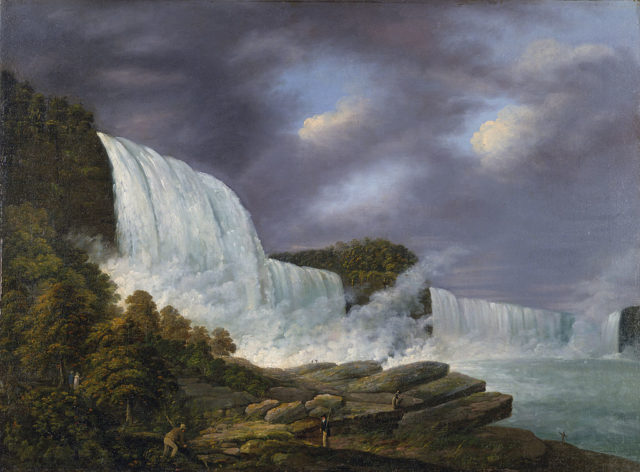
French explorer Samuel de Champlain was one of the first European settlers to see the Falls, in 1604. He was so awestruck by the experience that descriptions of the wonderous waterfall quickly spread throughout Europe. That same fascination captivated visitors like Charles Dickens, who wrote of the falls in 1842: “When I felt how near to my Creator I was standing, the first effect, and the enduring one – instant lasting – of the tremendous spectacle, was Peace.”
Today, eight million visitors experience the same powerful feeling of Niagara Falls each year.
Why did they ‘turn off’ the Falls?
To better understand the science of the Falls, researchers decided to stop the water flow of the Niagara River for five months so they could properly see the geological formations underneath the water. Over the course of three days in June 1969, more than 1,200 trucks dumped a whopping 28,000 tons of rocks upstream to divert the flow of water from the American side of the falls to the Canadian side, also known as Horseshoe Falls.
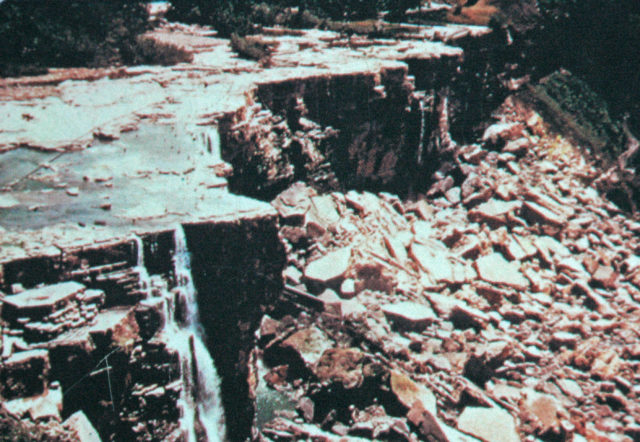
While some worried that “turning off” the Falls would also turn off tourism, 10,000 people showed up to see Niagara without its misty veil on the first weekend after the dewatering.
Now that the falls were dry for the first time since – well, who knows – the United States Army Corps of Engineers got to work conducting research. While they expected to find rocks and debris once the water was gone, what they found next was a shocking discovery.
What they found
Two bodies were found at the base of the falls once it had been drained, that of a man and a woman. The Vancouver Sun reported on the gruesome discovery: “Police said today the decomposed body of the woman was discovered Wednesday while they searched for the man, who was seen leaping over the precipice. His body was found Thursday.” The man was described as 20-25 years old with brown hair and a green plaid shirt. The woman had on a red dress and a thin gold wedding band that was engraved with “forget me not” on the inside. They have never been identified.
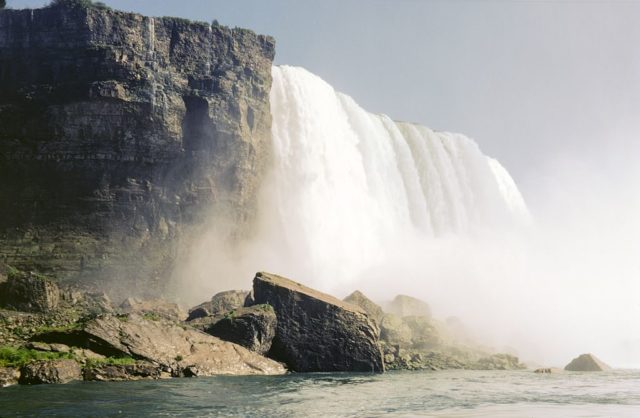
This was actually a surprisingly low number of corpses, considering the recorded number of accidental deaths and suicides was much higher than two. Along with the bodies, millions of coins that have been thrown into the water over the years were also revealed, with many excited tourists attempting to cross the dried-up river to collect them.
A more promising future after the draining
The engineers drilled into the riverbed to measure the geological stresses, faults, erosion, and pressures of the rock. Instruments were also used to monitor rock movements, and steel bolts with cables were installed around vital and fragile parts of the falls like Luna Island and Bridal Veil Falls.
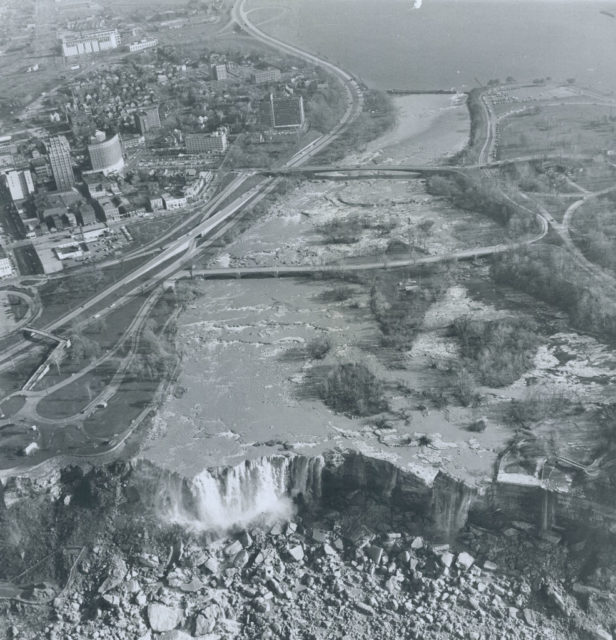
By investigating the geology of the falls and adding infrastructure to prevent any further damage, Niagara Falls has a much more promising future without fear of collapse or destructive flooding.
Turning the Falls back on
In addition to the research, the company managing the dewatering project was also obligated to clean the surface of the river bed and remove loose rocks from the face of the Falls that could pose a threat to safety. Some also petitioned to have the large collection of talus (pieces of rock that had slid off the Falls over the years and collected at the bottom) removed, but since it was purely for aesthetic purposes the rock and debris were left where it was.
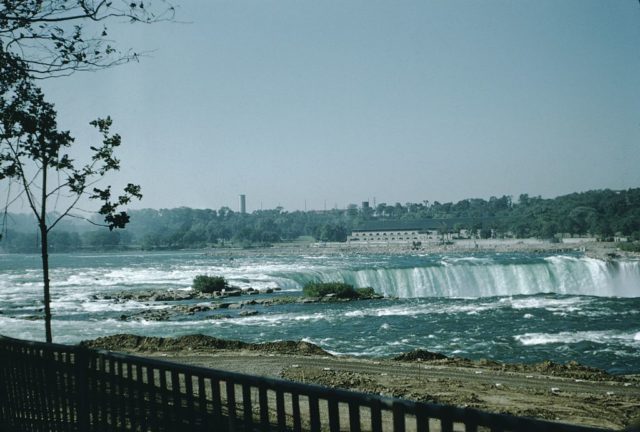
More from us: American Civil War-Era Hospital and Cemetery Discovered In the Florida Keys
In November 1969 the rubble blocking the flow of the Falls, called a cofferdam, was slowly removed. About 2,650 people watched as workers slowly removed the dam and water began to trickle back downwards. By the end of the month, Niagara Falls was raging once again.
